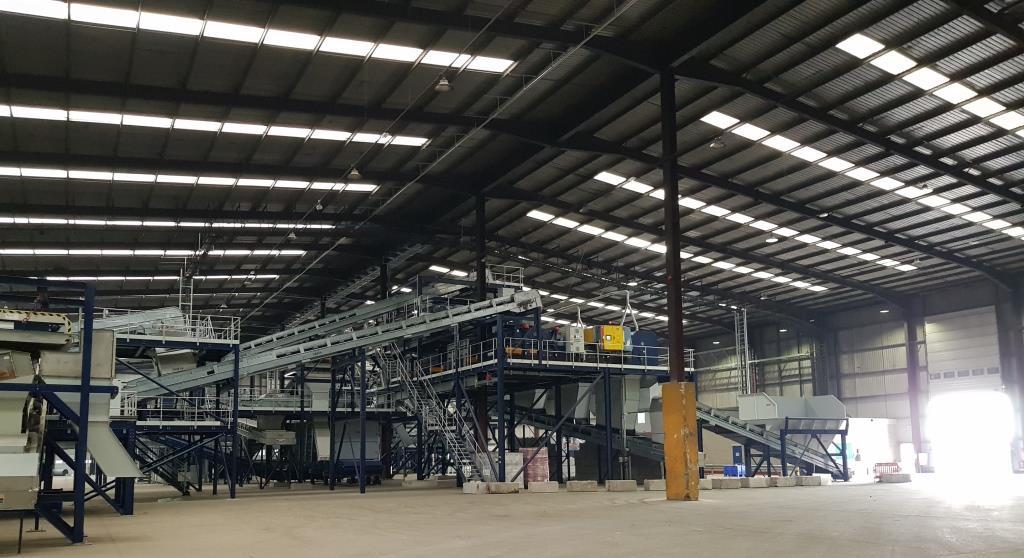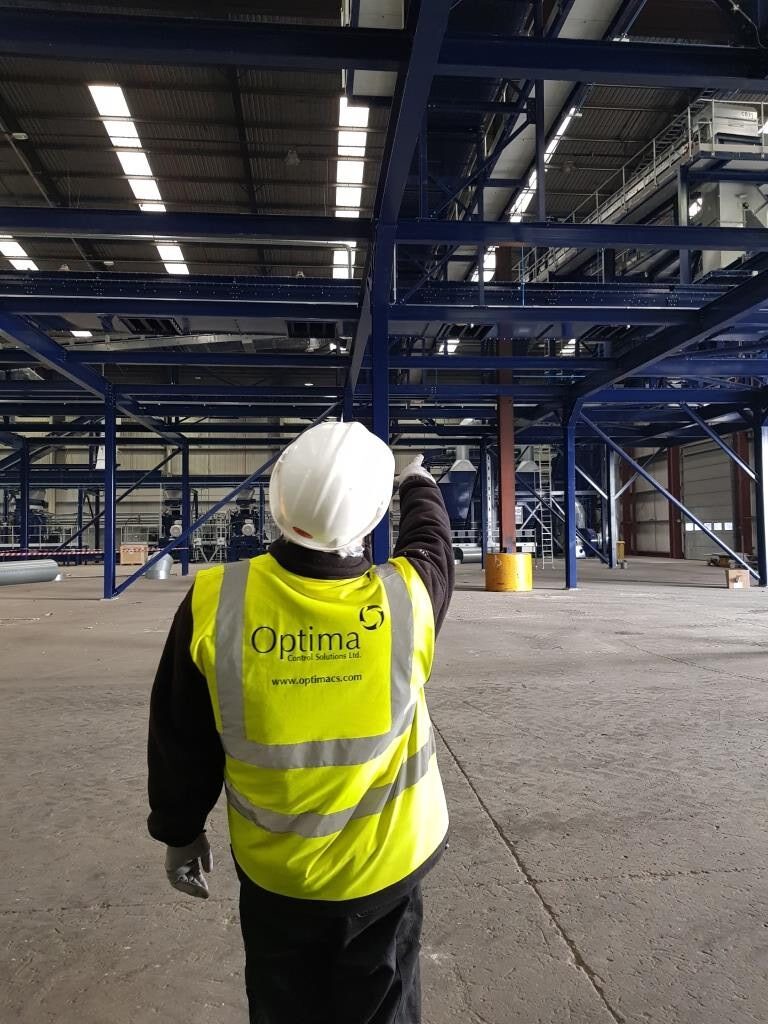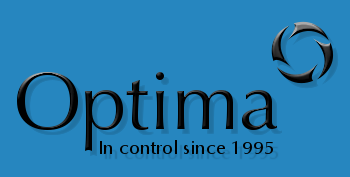In this article, we discuss whether it is more beneficial to outsource your engineering design activities completely or whether a blend of internal and external skills can offer more of a benefit to your company.
Automated control systems are a critical component in the backbone of modern manufacturing. It is virtually impossible to imagine conceiving a manufacturing process without the help of specialized digital control systems. Their subsequent maintenance is even harder to imagine. Today’s plant managers are faced with the dilemma of either hiring in-house engineering resource or outsourcing the service completely. Often a mix of both is considered the ideal solution. Below we suggest several key issues to consider if faced with forming such a strategy.
1. How big is your manufacturing operation? – Hiring full-time in-house engineers can prove costly if they cannot be fully utilised. Often companies find that once a specific project is completed and the system is “bedded in”, the control system reliability improves reducing any ongoing maintenance needs. Outsourcing the control system design and maintenance resource offers the flexibility and on-demand service sought by smaller companies at a more economic cost.
2. Do you require specialised skills and expertise only for a specific project? – As control system technologies evolve, it is necessary to maintain a company’s in-house engineers awareness and skill levels. This must be a considered investment. Extensive training is often needed which attracts additional cost to your company. Outsourced engineers need to stay at the forefront of engineering technologies to ensure their own sustained income and spread the cost annually across multiple projects.
3. How complex is the project and what risk does it carry? – Modern, high-feature control equipment cannot be upgraded using traditional methods. To attempt to do so without the specialist knowledge required may result in higher costs and running over budgeted times. Outsourced system integrators have a wealth of experience providing better guarantees on the methods used to update equipment and thus will lower the overall risk.
4. Health & safety and risk mitigation – Only the control equipment designed to meet a company’s health and safety obligations match the complexity of today’s regulations. The ability to engineer a compliant system is a legal requirement and not to be underestimated.
5. Project time-scales – It goes without saying that control system upgrades require machine downtime to accommodate installation and commissioning activities. Automation companies have the benefit of project teams that can effectively reduce machine downtimes significantly.
6. Collaboration is key – Ideally, as mentioned above, a combination of an internal project engineer or team working closely with the outsourced project design and delivery company works better for a successful delivery and ownership of a project. Making sure both teams cooperate closely and trust each other is essential. Information flow, clarity of objectives and clear design principles are three pre-requisites that will ensure good project management and mutual understanding.
7. Does the integrator understand your business? – A steep learning curve should be expected at the start of every project for any external engineering team whilst acquiring detailed knowledge of the application. Establishing long standing business relationships, based on performance and trust gained over numerous collaborative projects will promote a better understanding of the clients’ processes for the integrator. This understanding will bring real time and cost savings together with a level of trust that makes working together more natural.
 For this major project, we have written the PLC and SCADA platform to control the whole process from start to finish. The application is written entirely in TIA Portal with a total of three WinCC SCADA platforms. We have used the latest cloud-based remote access technology so that most of the plant can now be commissioned remotely. Remote access using a combination of local Wi-Fi and High-Gain 4G antennas gives us a reliable and secure access to the PLC and SCADA system when it is required.
For this major project, we have written the PLC and SCADA platform to control the whole process from start to finish. The application is written entirely in TIA Portal with a total of three WinCC SCADA platforms. We have used the latest cloud-based remote access technology so that most of the plant can now be commissioned remotely. Remote access using a combination of local Wi-Fi and High-Gain 4G antennas gives us a reliable and secure access to the PLC and SCADA system when it is required.
